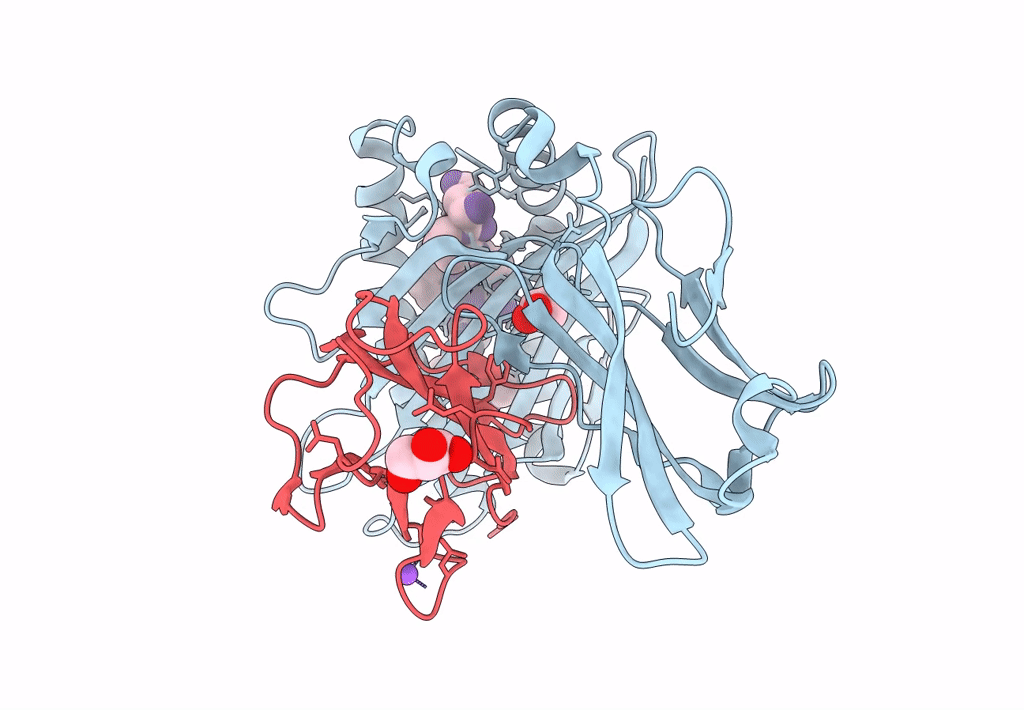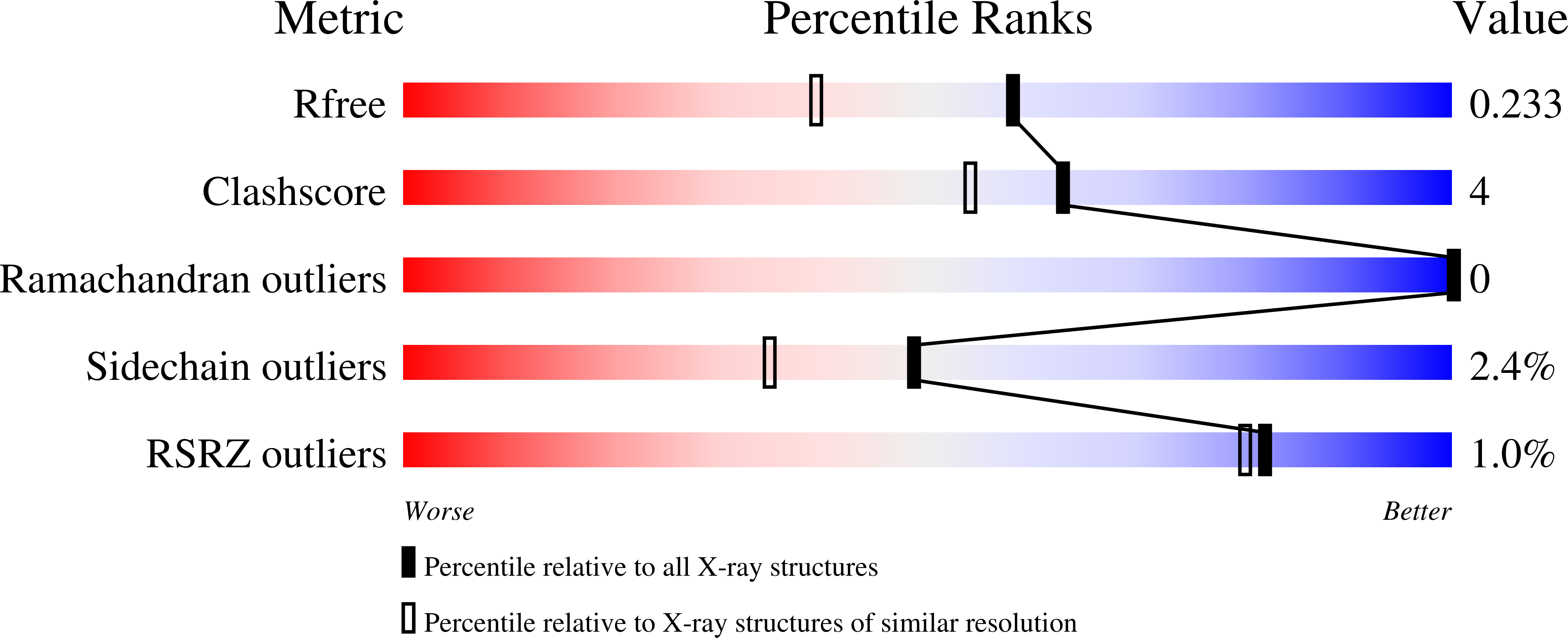
Deposition Date
2021-08-27
Release Date
2022-11-02
Last Version Date
2024-10-16
Entry Detail
PDB ID:
7RZD
Keywords:
Title:
CRYSTAL STRUCTURE OF HLA-B*07:02 IN COMPLEX WITH MLL(747-755) PEPTIDE
Biological Source:
Source Organism:
Homo sapiens (Taxon ID: 9606)
Host Organism:
Method Details:
Experimental Method:
Resolution:
1.82 Å
R-Value Free:
0.23
R-Value Work:
0.17
R-Value Observed:
0.18
Space Group:
P 41 21 2


